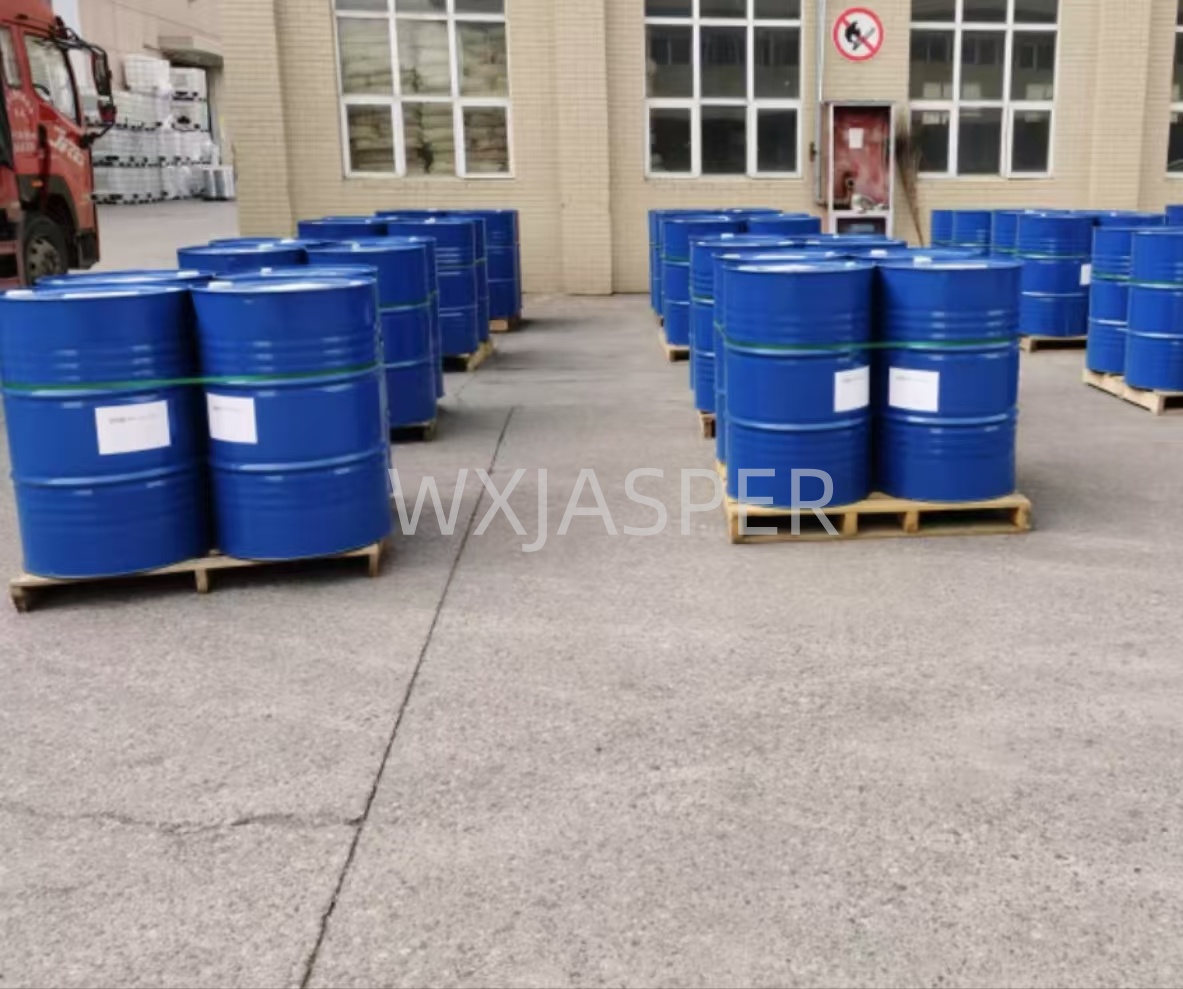


CasNo: 64742-46-7
Appearance: liquid
Delivery Time: 15 days
Packing: 25kg/drum
Purity: 99%
Basic Information
Product Characteristics
Appearance and Physical Properties:Typically a colorless to pale yellow transparent liquid with no irritating odor. Density is approximately 1.0 - 1.1 g/cm³ at 20℃, with a flash point higher than conventional solvent-based additives (>60℃), ensuring good safety during storage and transportation. As a solvent-free additive, it exhibits excellent compatibility with solvent-based, solvent-free coating systems (such as alkyd, acrylic, and polyurethane systems) and printing ink systems (such as nitrocellulose and polyamide systems), enabling rapid and uniform dispersion without stratification or turbidity.
Core Functions
Application Fields
Main Application Scenarios
Applicable Systems: Solvent-based coatings (alkyd, acrylic, polyurethane, epoxy, and other resin systems), solvent-free coatings (100% solids systems such as epoxy and polyurethane), printing inks (nitrocellulose, polyamide, acrylic resin systems), and acid-catalyzed crosslinking coatings (e.g., coil coatings).
Recommended Dosage and Usage Methods
Recommended Dosage:Calculated based on the "total amount of inorganic pigments" in the formula, the conventional addition level is 0.5% - 2% (added directly as purchased). For systems with high pigment content (pigment volume concentration >40%) or difficult-to-disperse pigments (e.g., nano-sized titanium dioxide), the dosage can be appropriately increased to 2% - 3%.
Usage Methods:
Storage and Transportation
Competitive Advantages